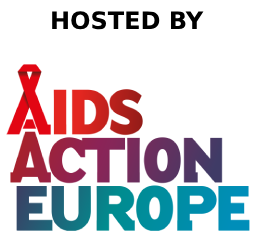CORE Knowledge Hub Webinar #4: How to use digital tools to support people who use drugs: new Quality Standards for Digital Harm Reduction
As more harm reduction work takes place online, there’s a growing need for clear and practical guidance. Digital harm reduction services* are becoming increasingly important. However, without shared standards, it can be difficult to ensure these services are effective, safe, and accessible.
To help fill this gap, we have developed a set of Best Practices for Digital Harm Reduction as part of WP3 of BOOST - a project that supports community-based and community-led organisations in delivering services for communicable diseases. The Best Practices will be presented in a webinar as part of the Knowledge Hub of the project CORE, a mutual learning and stakeholder engagement platform.
This Best Practices Collection was developed through a collaborative process with experts from harm reduction, digital services, and community-based organisations. Over several rounds of input, they shared their knowledge, experience, and feedback to help define what high-quality digital harm reduction services should look like. In February 2025, a final expert meeting took place in Barcelona to consolidate this input.
The Best Practices Collection will be officially published in June 2025. This webinar will introduce the main findings, explore how these practices can be used in real-world settings, and highlight connections between the BOOST and CORE projects.
–
*Digital harm reduction services use digital tools and online platforms to deliver support, resources, and interventions related to drug use. These services utilise tools like messaging apps, chatbots, video calls and websites to offer accessible, flexible and often anonymous support to people who use drugs. Being online allows these services to try new and creative ways in providing harm reduction, from interactive tools to reaching communities traditional services often miss. Some examples of digital harm reduction services include:
- Telegram bots that provide step-by-step guidance on overdose prevention and first-aid measures.
- Online forums where people can ask questions and share lived experiences of drug use.
- Peer-to-peer online counselling that can offer support in harm reduction, risky behaviour and offline service referrals.
- Social media pages that provide information on drug checking, pill warnings and safe dosages.

